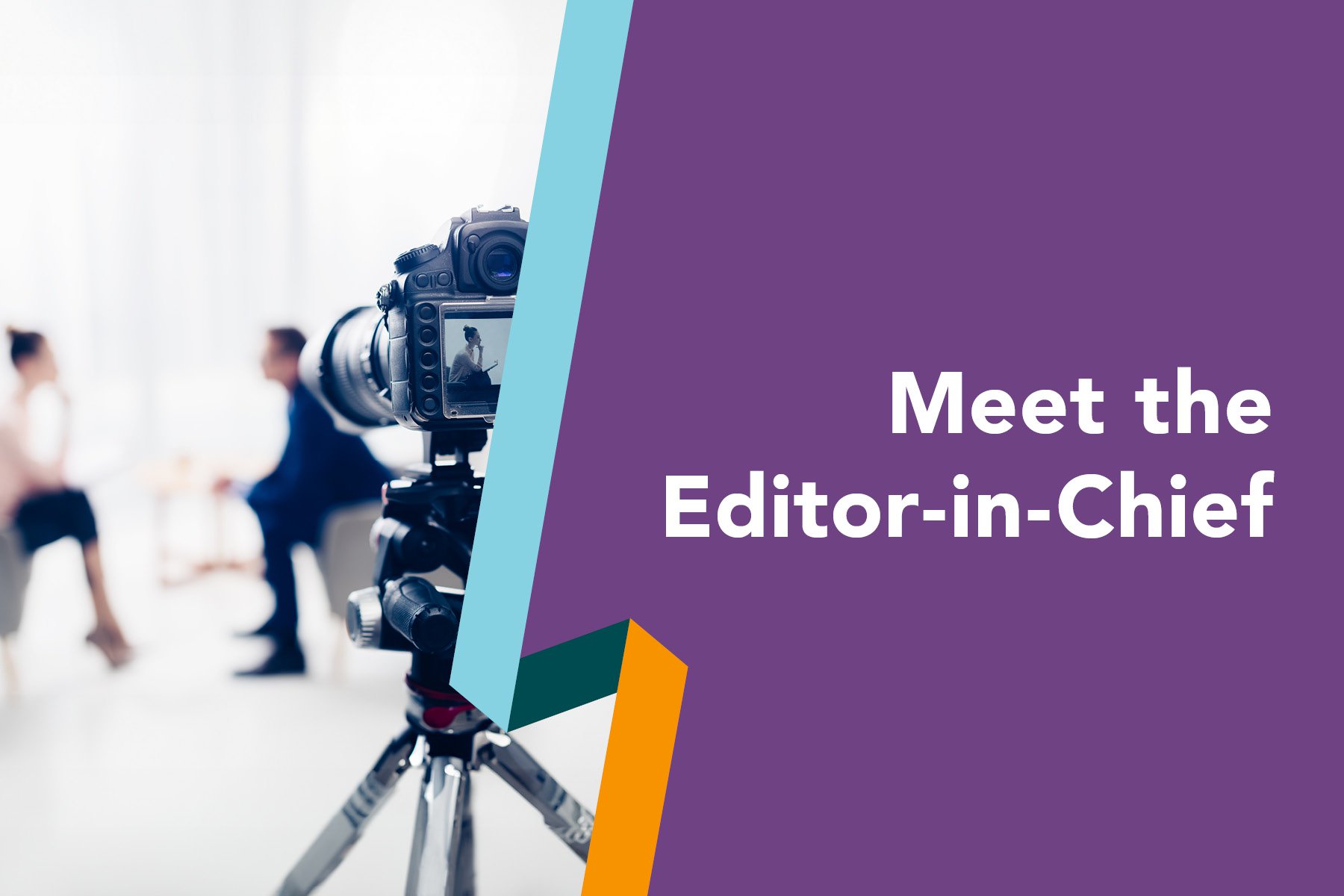An insightful interview with patient advocate Trishna Bharadia on plain language summaries.
What’s a plain language summary?
Plain language summaries (PLS) are rapidly gaining recognition and becoming increasingly prevalent in the fields of medicine, science, and healthcare. These concise summaries serve as a valuable tool in enhancing communication and understanding among diverse audiences. In our recent interview with Trishna Bharadia, a multi-award winning patient engagement consultant and advocate, we delve into the significance of PLS and their potential for revolutionizing information accessibility for healthcare professionals, patients and caregivers.
Identikit of a plain language summary
Plain language summaries are not mere rewrites of existing documents; they are condensed versions that extract essential information. Crucially, these summaries employ everyday language, free from technical jargon, enabling non-experts to comprehend complex topics easily and in different formats. Trishna asserts that PLS are gaining widespread attention due to their ability to empower patients, healthcare professionals, journalists and other non-specialists by providing accessible information in an increasingly interconnected world.
“Plain language summaries are on everyone’s lips because it’s becoming increasingly clear how valuable they are for creating more informed non-experts.”
A patient’s perspective
Drawing from her personal experience as a patient diagnosed with multiple sclerosis, Trishna highlights the significant impact of plain language summaries on decision-making. In the past, accessing technical information about clinical trials and medications was arduous and bewildering. However, with the advent of PLS, patients like Trishna can now make more informed decisions, enhancing their involvement and understanding of their own conditions and various other health-related topics.
“As a patient advocate, I wholeheartedly believe in their value, and I think that they should accompany as many scientific articles as possible.”
The journey toward improvement: What needs to be done?
While acknowledging the immense progress in providing plain language summaries, Trishna emphasizes the need to refine their development process further. In particular, she advocates for involving patients in the creation of PLS to ensure that they truly cater to the needs and comprehension levels of a lay audience. Additionally, Trishna emphasizes the necessity of raising awareness about the existence of PLS and enhancing their discoverability through a centralized repository, facilitating easy access for all individuals seeking information.
“We really do need to improve how discoverable they are and the awareness that they exist.”
Artificial intelligence as an enabler – not a replacement
Trishna acknowledges the potential of artificial intelligence (AI) in the realm of plain language summaries. AI can support medical writers in crafting PLS, streamlining the writing process, and increasing the number of summaries available. However, Trishna underscores the importance of retaining patient advocates’ involvement, as AI alone may not fully grasp nuance and prioritize information that truly matters to patients.
“AI is most definitely a tool. It’s not a replacement. It could speed up the writing process, which could then increase the number of PLS that could be written and potentially impact how prevalent they are.”
More knowledge, a fraction of the time
Plain language summaries are emerging as a vital means of facilitating effective communication in the medical, science and healthcare sectors. Trishna Bharadia’s insights shed light on their value, underscoring their role in empowering patients and enhancing healthcare decision-making. As the landscape continues to evolve, embracing artificial intelligence as a supportive tool alongside patient involvement will ensure the ongoing improvement and accessibility of plain language summaries.
Dive in into Trishna’s full insights and watch our interview with here in the video below.





Comments
Share your opinion with us and leave a comment below!